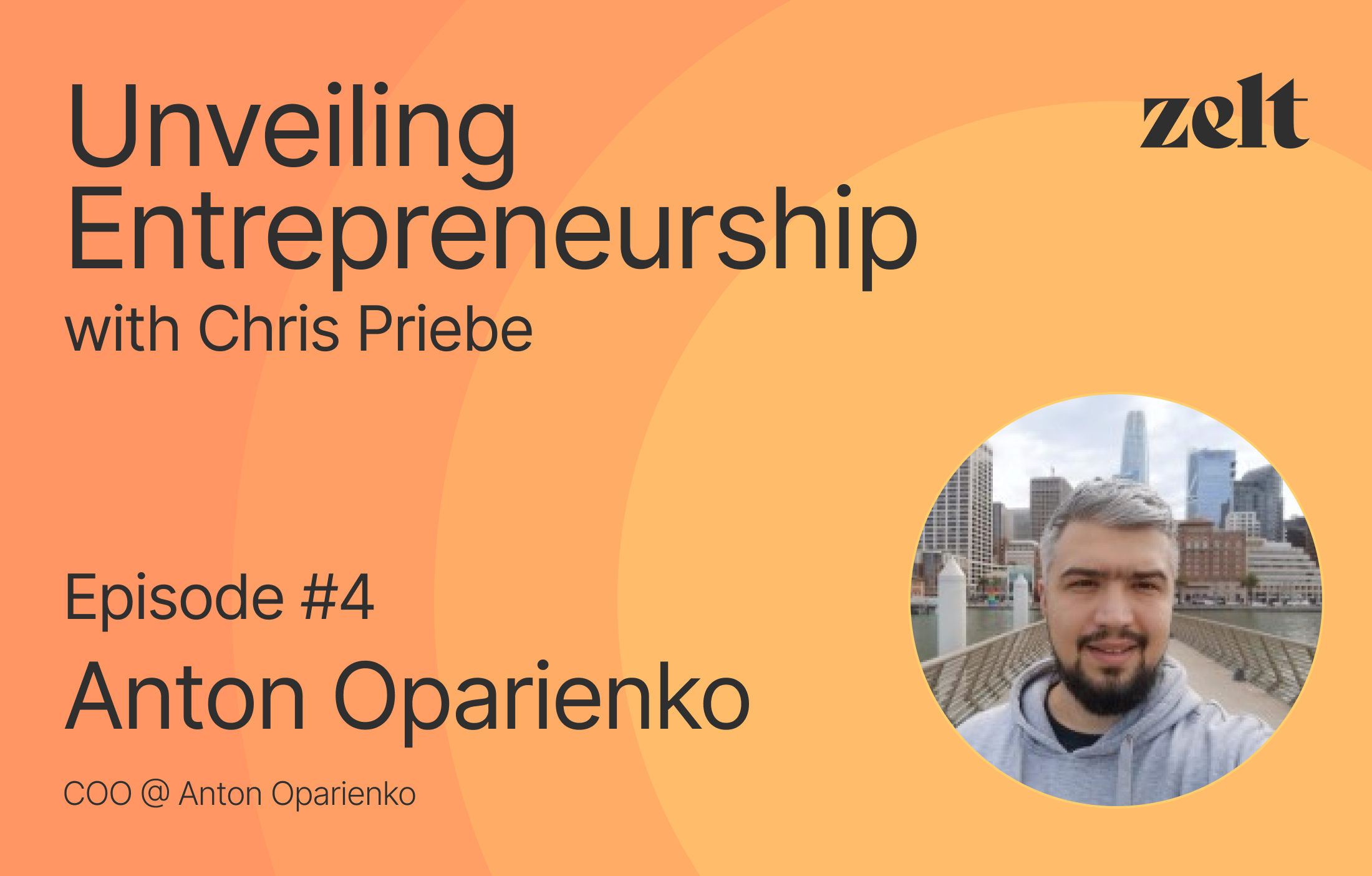Rethinking the People Stack in the Age of AI

At our recent People Systems dinner in London, we brought together senior People leaders and experts – including JooBee Yeow, Jessie Schofer and Cynthia Chan – to discuss a topic that’s reshaping our systems as we know it: AI in HR.
What we heard was clear – AI is no longer an emerging trend, and People and HR leaders are under pressure to lead on AI. However, without the right systems, it’s impossible to deliver real impact.
This shift isn’t just about tools or automation. It’s about how HR shows up as a strategic function – with the systems and clarity to influence at the top table.
Here are 5 unfiltered insights from our discussion, and what they mean for the future of People Operations:
1. AI won’t save a messy stack
There’s growing interest in using AI to help with things like onboarding, payroll, and performance. And many People teams are being asked how they plan to “use AI” before they’ve had a chance to get the basics in place.
The reality is that without clean, connected systems, even small tasks can become time-consuming. When employee data lives across spreadsheets, onboarding steps get tracked in email, and reviews happen in Notion, it’s hard to move quickly – let alone build trust in your processes.
Most teams are dealing with the same thing. But making AI work starts with making your systems work for you first.
For most People leaders, that means starting with consolidation. Bringing your data into one place and creating that foundational structure. When your systems are clearer, your impact is easier to see (with or without AI).
2. Visibility builds credibility
People teams often carry a wide scope – from culture and performance to compliance and onboarding. But influencing decisions across the business still depends on one thing: being able to show what’s really happening.
Whether it’s understanding churn risks or employee engagement, leaders need clear answers. But when data is buried in disconnected tools, surfacing those insights becomes reactive and time-consuming.
Bringing your people data into one place helps change that. It means less time chasing visibility, and more time shaping conversations that matter.
When systems are connected across the employee lifecycle, it’s easier to be proactive — and easier for others to see the value HR is creating.
3. High-performance cultures need high-performance systems
Founders and senior leaders often talk about wanting a high-performing culture.
But for People teams, delivering that can feel like swimming upstream – especially when the systems don’t support the ambition.
“We still do reviews in Notion.”
“Managers forget to follow up. Nothing’s consistent.”
These aren’t uncommon challenges. Most teams are doing their best with what they have. But when performance processes are disconnected or ad hoc, it’s harder to build consistency – and even harder to get leadership to see the full picture.
Building a high performance culture isn’t just about a team mindset. It’s also about having the right structure to support accountability, visibility, and follow-through.
Modern systems won’t create a high-performing culture on their own. But they do create the foundation for it – and help People teams show up with the clarity and influence they deserve.

4. AI won’t fix what you can’t see
People teams are being asked tougher questions:
“What does an employee really cost?”
“Where are we losing time in onboarding?”
“Who’s at risk of disengaging or leaving?”
Answering these questions quickly and confidently is what separates strategic People teams from reactive ones.
But when your data is spread across different tools for HRIS, performance, and payroll, visibility takes hours (or days), not minutes.
AI can help, but only if it has something useful to work with. Insight needs clean, structured data – and that starts with having a source of truth for your employee data.
5. Your tech stack is a culture signal
Every HR tool you implement sends a message to employees – about how you work, what you prioritise, and what kind of company you’re building.
Your systems are more than operational choices,they’re cultural signals. Choose ones that reflect the kind of company you’re building.
Nowhere is this more visible than onboarding.
With the right stack (and the help of AI) onboarding journeys can be personalised by role, location, or timing.
Consistency matters more than abundance.
The bottom line
People teams are under more pressure than ever – to automate, to lead with data, to be strategic. But expectations are rising faster than most systems can support.
The smartest teams aren’t starting with “how do we use AI?”
They’re starting with: “Do we have the clarity, the data, and the infrastructure to lead with it?”
That’s why we’re building Zelt. A modern HRIS for growing teams to manage the entire employee lifecycle – giving People leaders the visibility, flexibility, and control to scale in an AI-first world.
Huge thanks to JooBee Yeow, Jessie Schofer, and Cynthia Chan for helping lead such an honest conversation with the People Ops community.

